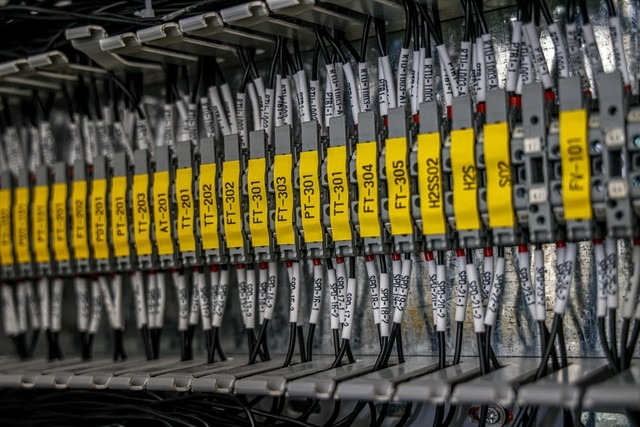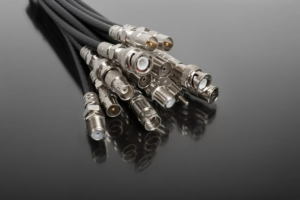What is a military defense harness?
Military defense wire harnesses are protective wire assembly systems designed specifically for military applications. It is composed of wires, connectors, insulation materials, protective sleeves and other related components and is used to connect and manage power and signal transmission in military equipment.
There are several key benefits to using defense wire harnesses in military applications:

Reliability and durability:
Military environments are often very harsh and require extremely high reliability and durability of equipment. The defense harness uses high-quality materials and craftsmanship to withstand harsh conditions such as extreme temperatures, vibrations, humidity, and chemicals, ensuring long-term stable operation of the system.
Electromagnetic interference suppression:
Military equipment often faces the threat of electromagnetic interference, such as radar, wireless communications, electronic countermeasures, etc. The defensive wire harness design uses shielding and insulation technology, which can effectively suppress electromagnetic interference and ensure the stability and safety of signal transmission.
Security and Confidentiality:
Security and confidentiality of military communications and control systems are of paramount importance. The defensive harness uses encryption and tamper-resistant technology to prevent unauthorized access and information leakage, ensuring the security of sensitive data and communications.
Modularity and maintainability:
Military equipment often requires repairs and upgrades in the field. The defense wiring harness adopts a modular design, making the wiring harness easy to install, remove and replace, simplifying the maintenance and repair process and reducing downtime.
Adaptability and customizability:
Military application requirements vary, and defense harnesses can be custom designed to meet specific application needs. Harness length, connector type, routing, and more can be adjusted to suit the requirements of different platforms, systems, or tasks.
The materials and processes of the defense harness have the following characteristics:

High-Quality Materials:
Defense wiring harnesses typically feature high-quality wires and cables, insulation, connectors, and more. These materials have good heat resistance, wear resistance and chemical corrosion resistance, and can operate stably for a long time in harsh environments.
Shielding technology:
In order to suppress electromagnetic interference, the defense harness uses shielding technology to protect signal transmission. The shielding layer is usually composed of metal foil or braided shielding layer, which can effectively block external electromagnetic interference and maintain signal stability.
Insulation technology:
Defense wire harnesses use materials with high insulation properties, such as polyolefin, polyurethane, etc., for the insulation of wires and cables. These insulation materials effectively isolate wires and cables, prevent current leakage and short circuits, and provide additional protection.
Anti-vibration technology:
Military equipment often faces severe vibration, so defensive wiring harnesses need to have certain anti-vibration capabilities. In terms of technology, the defense wire harness adopts special fixing and protection measures, such as reinforcing connection points and using anti-seismic glue, to prevent the wire harness from loosening and being damaged in a vibration environment.
Resistance to chemical corrosion:
Various chemicals may exist in military environments, posing corrosion threats to wire harness materials. Therefore, the materials used to defend wire harnesses need to be resistant to chemical corrosion to ensure their long-term stability and reliability.
Custom Design:
Defense harness materials and workmanship can be custom designed for specific applications. Appropriate materials and processes can be selected based on the needs of military equipment to ensure optimal performance of the wire harness in a specific environment.





